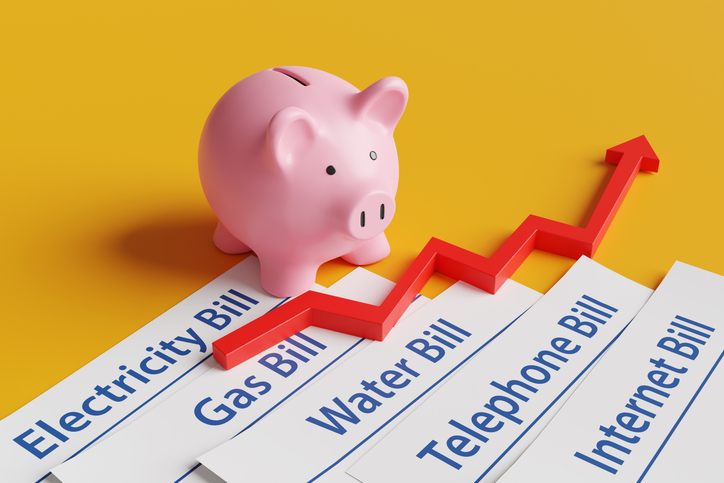The latest official figures have revealed muddled information as many still grapple with the higher cost of living.
Rises in wages for UK workers remained at a relatively higher level for between January and March this year, the latest figures from the Office of National Statistics (ONS) showed.
Average weekly earnings increased by 6% for the first three months of this year, not including any bonuses.
Yet there were signs in the data that there is an easing of private sector wage growth, in the year to March it fell to 5.9%, which was just below the 6% that was forecast by the Bank of England.
This is the slowest pace of wage rises in the private sector since the period between April and June in 2022.
The biggest rises were found in both the manufacturing and the finance and business services sectors, which saw the largest annual growth rates at 6.8%.
At the same time public sector wage growth remained strong, with annual salary growth of 6.3%.
As inflation has been spiralling upwards since the latter part of 2021, wages have also risen to match the higher prices.
Unemployment increases for first part of this year
The ONS also found in its latest figures that the jobless rate was at 4.3% this year for between January and March, which is above the official data estimates of a year ago.
The number of unemployed in the UK has also increased quarter on quarter from the final three months of last year.
Overall the total employment rate for the first three months of this year was 74.5%, which is lower compared to what was estimated for the same period a year ago.
The number of situations vacant fell for 13 of the 18 industry sectors that the ONS reviews in its data.
There also appears to be a shrinking number of vacancies available.
The estimated number of vacancies for the period between February and April this year was 898,000, it’s a decrease of 26,000 or 2.8% from the vacancy figures for November last year to January this year.
When comparing the figures for between February and April for this year in contrast to the same period a year ago, it was found that there were 188,000 fewer positions open.
Another telling statistic is that for January to March this year, the number of unemployed people per vacancy was 1.6, up from 1.4 the previous quarter between October to December last year, due to the rising numbers of those out of work.
So what is the effect on the cost of living ?
The latest ONS figures revealed that taking into account rising inflation, in real terms wages really rose by 2.4% for the first three months of the year.
Liz McKeown, director of economic statistics at the ONS, said that "real pay growth remains at it highest level in well over two years".
But she also said that there are signs that the UK labour market is starting to cool, with the fewer vacancies that are available a sure sign of this.
The Bank of England has signalled that it's looking to finally cut the cost of borrowing by reducing interest rates from around June, after keeping them on hold again at the 16-year high of 5.25%.
The latest news from the ONS over wage growth and unemployment sends mixed messages, over whether the figures are a bonus or not for the Bank to finally cut rates.
Private sector wage growth is easing but overall wage growth is still high, that may prove to be a factor that keeps prices high and interest rates higher for longer than what the Bank of England would like them to be.
Some analysts believe that this is the case, and that the broader picture is that wage growth is still a little too strong for the Bank of England’s liking.
Yet the latest annual inflation rate is 3.2% in the year to March, for the same month a year ago it was 10.1%, and the Bank of England has forecast a fall to its 2% inflation target soon, before rising to 2.5% due to energy prices for this year.
While it is good news that the UK is now out of recession as the economy grew by a rapid pace of 0.6% for the first quarter of this year, the fastest growth for two years which was a surprise to many.
Although many will not be feeling the growth just yet, and as part of a seemingly never ending vicious circle its growth that lessen the chances of a rate cut soon, if people do start spending more keeping prices higher.












